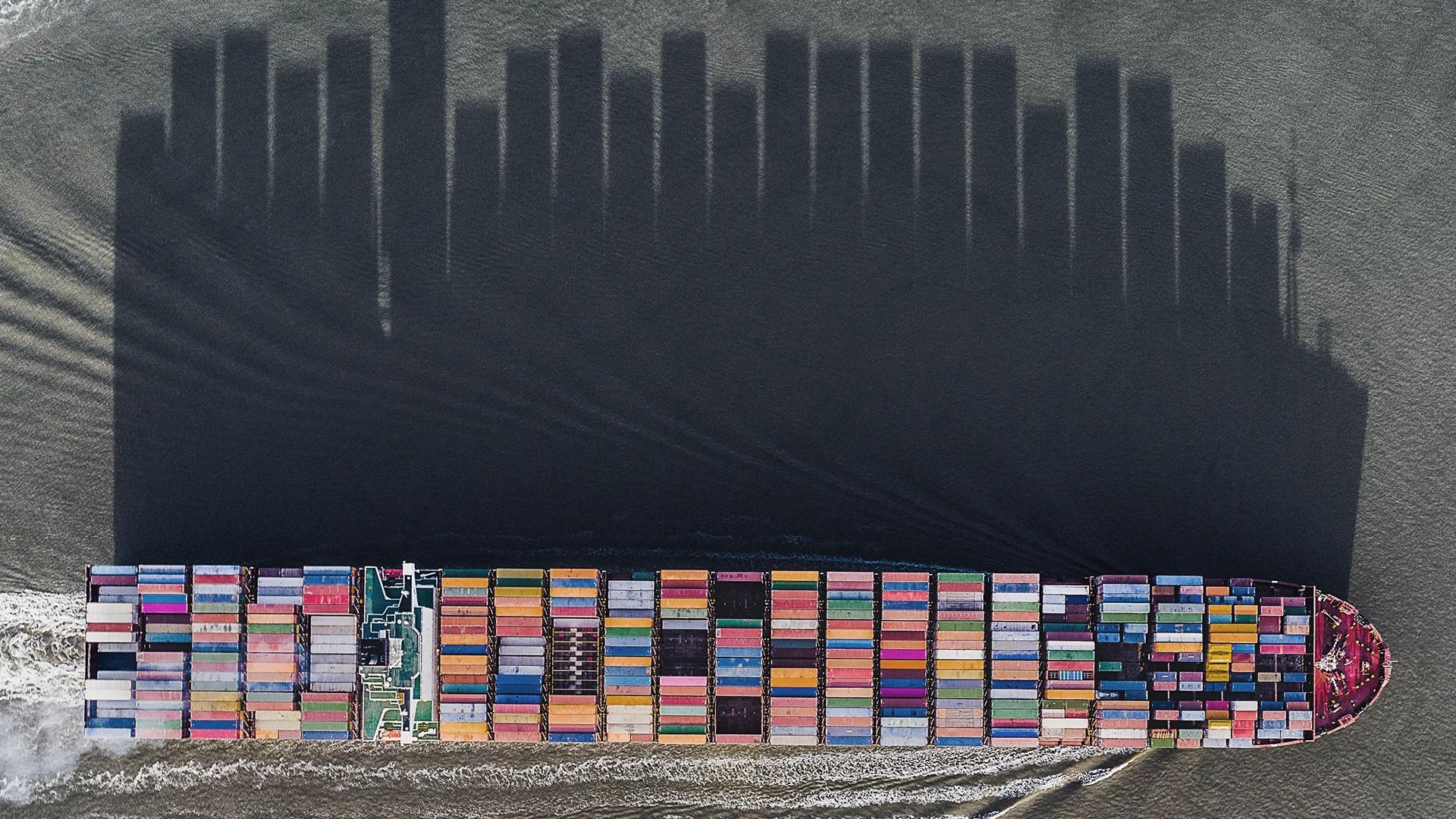How do trade term loans work?
Trade term loans help companies bridge the gap in the trade cycle by providing short-term credit for an underlying trade of goods or services. A trade term loan can be extended standalone or under a documentary product, subject to verified trade documentation. The option to combine the trade term loan with a documentary credit or collection provides customers with a method of securing payments and mitigating risk associated with international trade. Access to working capital financing enables extended payment terms for the buyer and improved cash flow for the supplier. Additional benefits from working capital financing include enhanced negotiating power, competitive advantages and strengthened buyer-supplier relationships.



